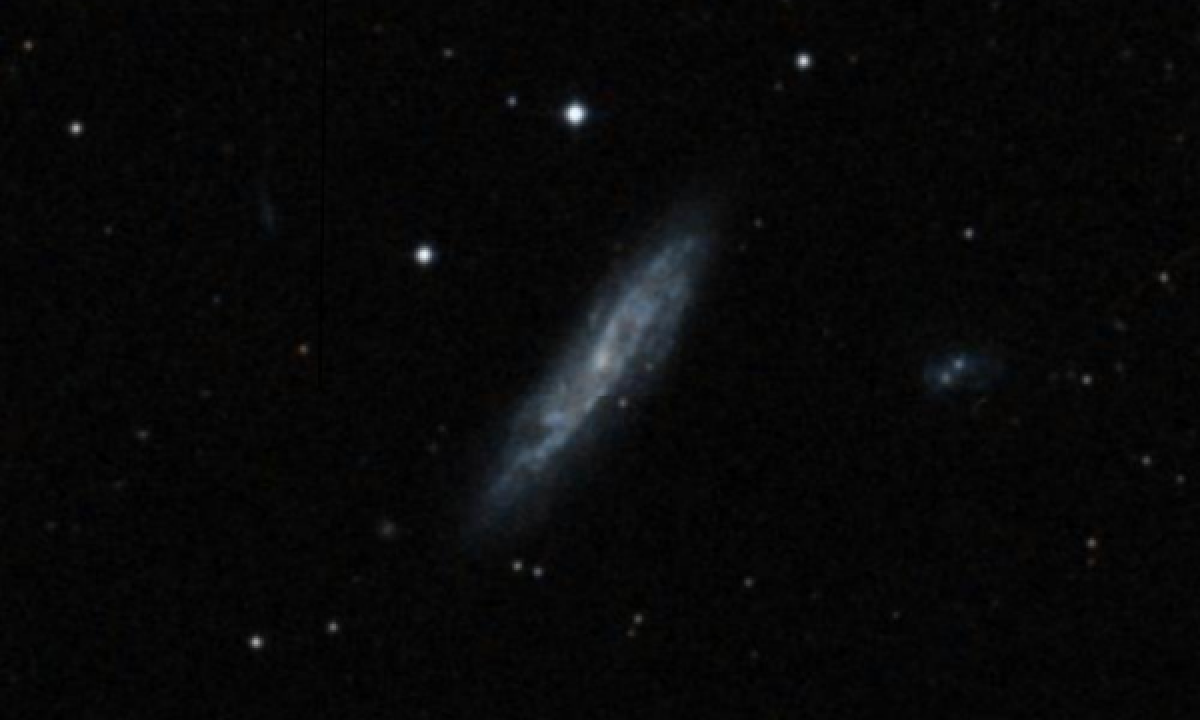The New General Catalogue of Nebulae and Clusters of Stars (abbreviated as NGC) is a catalogue of deep-sky objects compiled by John Louis Emil Dreyer in 1888. The NGC contains 7,840 objects, known as the NGC objects. It is one of the largest comprehensive catalogues, as it includes all types of deep space objects, including galaxies, star clusters, emission nebulae and absorption nebulae.
Know more about NGC
NGC 2770

NGC 2770 is a spiral galaxy in the northern constellation of Lynx, near the northern constellation border with Cancer. It was discovered by German-born astronomer William Herschel on December 7, 1785. J. L. E. Dreyer described it as, "faint, large, much extended 150°, mottled but not resolved, 2 stars to north". NGC 2770 was the target for the first binocular image produced by the Large Binocular Telescope. The morphological classification of SBc indicates a barred spiral with moderately-wound arms. The physical properties of this galaxy are similar to those of the Milky Way. The combined mass of stars in the galaxy is estimated at 2.1×1010 M☉, and it has a star formation rate of ~1.1 M☉ y−1. There are no apparent perturbations of the galaxy due to suspected interaction with the companion galaxy, NGC 2770B.
More Images:

Sources:
Wikipedia Page: NGC 2770
NGC 2770 at In-The-Sky website
